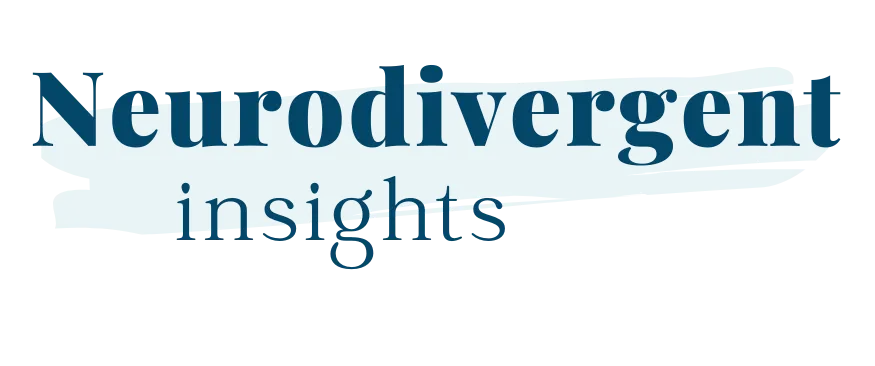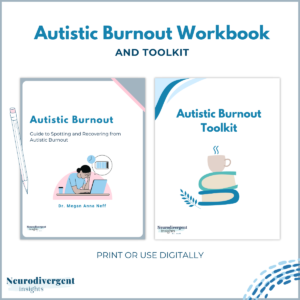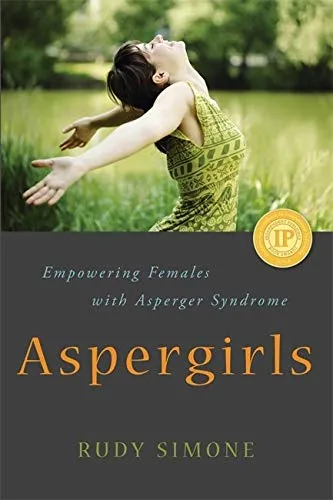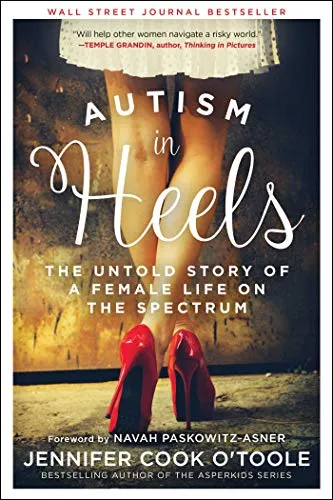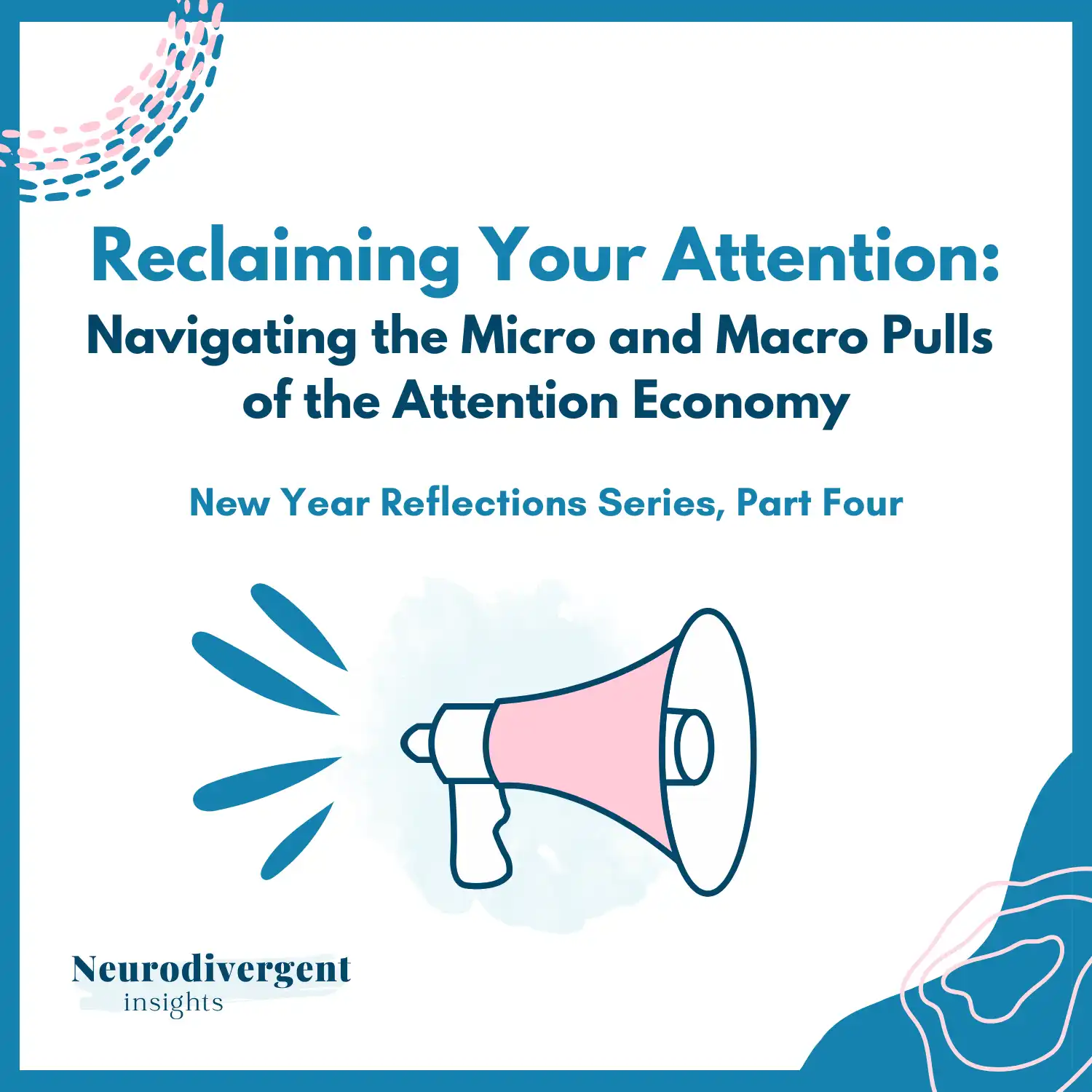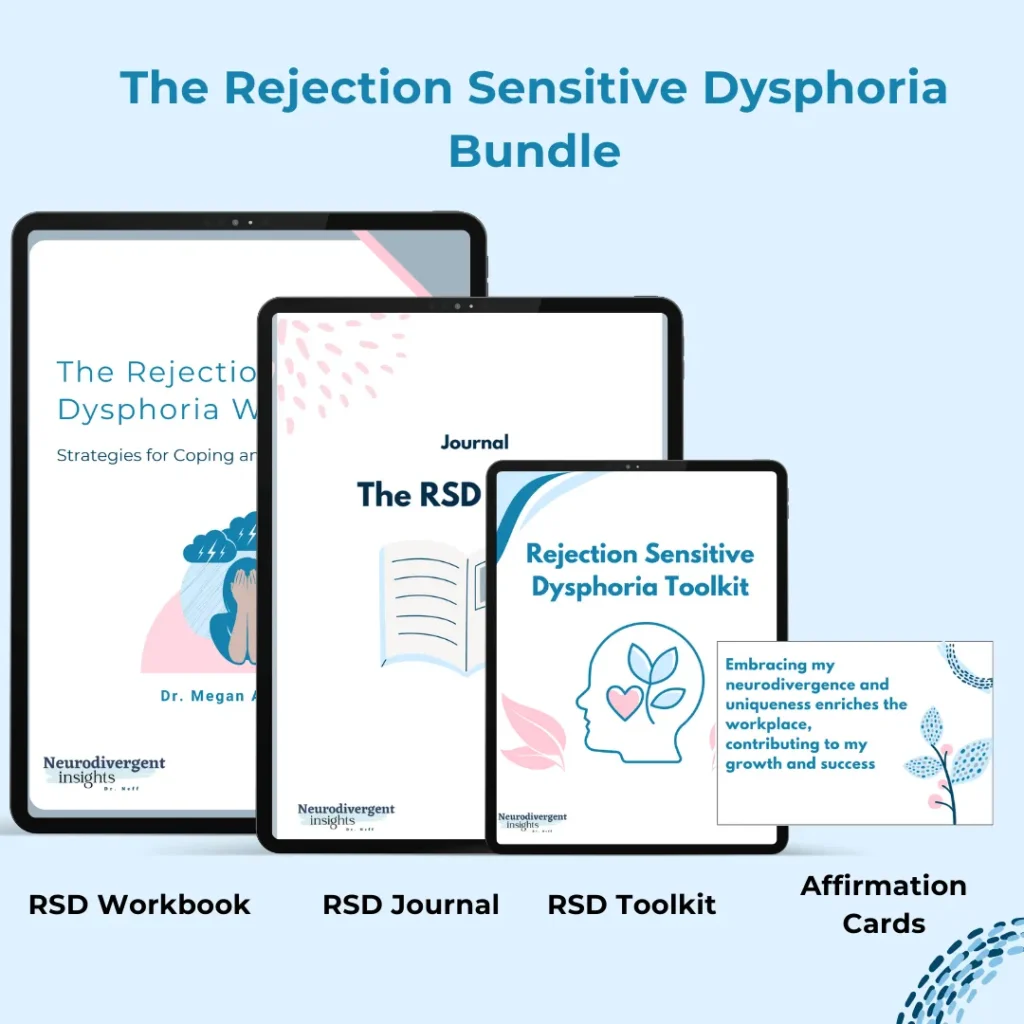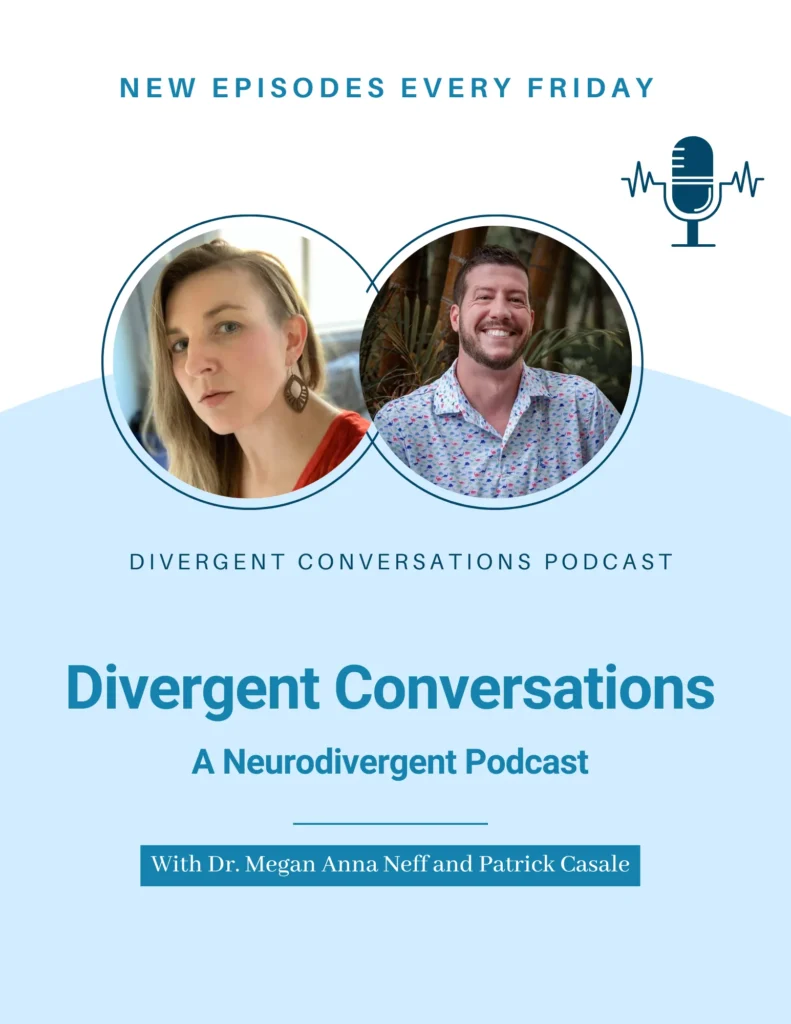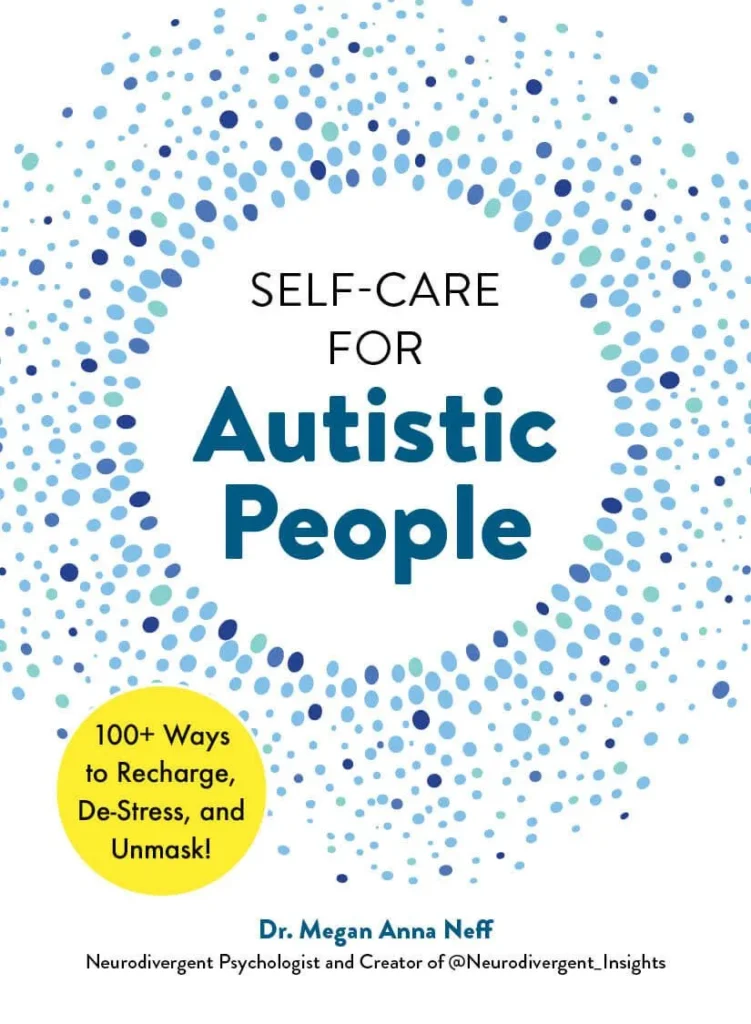
Y’all this is a bad equation. Women are less likely to be diagnosed AND more vulnerable to several risks associated with autism. These risks are magnified for those with additional marginalized identities. Women are less likely to be diagnosed with autism and yet have more co-occurring risks associated with autism than cisgender men.
According to CDC: 1 in 54 children are diagnosed with Autism. And boys are 4 x more likely to be diagnosed than girls. Below is a write-up of the Diagnostic challenges many of us experience followed by the various risk factors associated with Autism in women. While articles referenced here don’t look at trans/BIPOC (a few include non-binary/genderqueer), we know from other studies these risks are even higher among BIPOC & Trans ppl). To see research on Trans, see this infographic here.
Far more boys than girls are diagnosed with Autism. While it used to be believed this was because it impacted boys at higher rates, emerging research is pointing to the fact that this may be due to the fact it is missed more often in girls. Behavioral and Neuroimaging studies show that Autism manifests differently in girls. Notably, girl social brains are often closer to NT boys’ social brains (and their social abilities are similar to NT boys). (Szalavitz, 2016).
There is substantial evidence that the diagnostic processes are less likely to identify women, particularly in the absence of a co-occurring intellectual disability. Females with average to high IQs are particularly unlikely to receive a diagnosis of ASD (Hull et al., 2020)
To receive a diagnosis, girls have to have more significant traits Hull et al., 2020).
Based on twin studies, girls, on average, had to have more externalization behaviors and have more intellectual disabilities than the boys to receive a diagnosis of ASD (Szalavitz, 2016).
Females fortunate enough to receive a diagnosis are, on average, diagnosed much later in life than males (Hull et al., 2020).
A fundamental issue with the current diagnostic methods is that the behavioral markers used as criteria are established on pre-existing conceptions of what autistic behaviors look like. These criteria have been developed based on the predominantly white male populations previously identified as autistic. Girls/AFAB are less likely to meet these criteria even when clinically significant characteristics are identified. This often results in diagnoses of broader developmental disorders or internalization disorders rather than Autism specifically (Hull et al., 2020)
Autistic women are more likely to experience more sensory issues related to Autism and will often present with less of the typical “social-communication” deficits (Moseley et al, 2018).
While we are less likely to receive a diagnosis, we are more likely to have complications and risks associated with our Autism. That means we have a decreased ability to receive support and an increased risk of complications. This equation is not a good look. We have increased health, social, and mental health risks. Below is a summary of some of our risk factors:
Co-occurring Health Issues
Autistic Women are more likely than their Neurotypical peers and autistic cis men to experience health issues. Without an ASD diagnosis, it is more likely physical ailments will be minimized/dismissed or untreated. Health issues that are more prevalent among Autistic women include:
Epilepsy
Endocrine disorders
Reproductive health issues
Neurological conditions
Metabolic disorders
Gastrointestinal issues
Nutritional issues
Immune and autoimmune conditions
Additionally, Autistic folks have an increased risk of:
Heart disease
Cancer
It is recommended by Kassee, 2020 that physicians regularly monitor and assess Autistic women for health issues. However, without an ASD diagnosis, this is less likely to happen, and their medical team won’t know the importance of monitoring their systems. Furthermore, many present as “healthy and young,” and thus may be dismissed by their medical teams as “having health anxiety.” A diagnosis helps their medical team understand their physical vulnerabilities and helps a person advocate for their health.
Sensory and physical ailments: Beyond the health risks listed above, many Autistic women people experience some form of chronic fatigue, migraines, and other physical ailments. Many have come to be treated as “hypochondriacs,” or symptoms may have been interpreted as “psychosomatic.”
Internalization Symptoms: Depression and anxiety are both considered internalizing problems common among ASD. Autistic girls and women are more likely to internalize symptoms, whereas boys are more likely to externalize (aggression, behavior difficulties, etc.). Notably, research demonstrates that the efforts that go into camouflaging can result in increased stress, anxiety, and depression (Hull et al., 2020).
Disordered Eating
Segewick et al., 2021 found that Autistic people were 2x as likely as non-autistic people to have an eating disorder. Disordered eating is a common form of internalization among Autistic women. One study found that 70% of women in an inpatient eating disorder clinic had undiagnosed ASD. While the rates vary, most researchers agree that about 23% of people diagnosed with anorexia nervosa are Autistic (Wentz et al., 2005). However, many agree that this is likely an underrepresentation because ASD often goes undiagnosed within this population (Westwood and Tchanturia). For more about the similarities in between AN and ASD, see The Invisible Line between Autism and anorexia (Arnold, 2016).
Victimization/Intimate Partner Violence and PTSD
Autistic women are more likely to be survivors of violent victimization. In one study, Autistic adults were 7.3 times more likely to endorse having experienced sexual assault from a peer during adolescence (Weiss and Fardella). Some risk factors include: challenges in social reasoning, missing contextual cues, and a tendency to take things literally. These risks are highest among women and genderqueer people. Reuben et al., 2021 study included 687 self-identified Autistics. They looked at interpersonal trauma and PTSD. Below is a summary of their findings:
72% of participants reported experiencing sexual assault, other unwanted or uncomfortable sexual experiences, or physical assault.
44% percent of participants met the criteria for posttraumatic stress disorder (PTSD),
50% of those who met the criteria for PTSD reported experiencing interpersonal traumas (IPT)
IPT was also significantly associated with higher levels of dissociation.
Autistic cisgender women and gender minorities experienced a significantly higher number of traumas and were significantly more likely than cisgender men to experience sexual IPT and meet the criteria for PTSD.
Haruvi-Lamdan et al., 2020 found that autistic females reported more negative social life events than autistic men and had a higher likelihood of PTSD. Their researchers suggested Autistic women are at an increased risk of developing PTSD.
Suicide
A recent longitudinal study involving 6.5 million people found that autistics were 3x more likely to both attempt suicide and to die by suicide. Suicidality was particularly high among youth and young adults and was more elevated among women than men. Women on the spectrum are at a higher risk than both men on the spectrum and neurotypical females (statistics for genderqueer/trans were not reported in this study. However, studies involving suicidality among genderqueer and trans populations are consistently elevated) (South et al.). This is notable given that among the general people, suicide risks are higher for men (Freeman et al., 2017).
Co-occurring Mood Disorders
It is well documented that autistic people are more likely to have mood disorders (anxiety and depression) than allistic people. This is true across all genders. However, Autistic women had higher rates of depression and anxiety than men (and had similar rates to each other) (Segewick et al., 2021).
In summary, we are less likely to have social-communication difficulties but more likely to have depression, anxiety, eating disorders, co-occurring health disorders, more debilitating sensory sensitivities, suicidality, self-harm, victimization, and PTSD. Given the heightened emphasis on social-communication aspects of Autism, some may be skeptical of a person seeking diagnosis when they can “pass” as neurotypical. But there is so much more to Autism than social-communication patterns. It’s time we rethink Autism presentations and diagnose and support all presentations. Accurate diagnoses and supports save lives.
Future Reading
Intrigued about Autism and women? Below are a few of my favorite books that highlight the experience of autism and girls (affiliate links).
Divergent Minds: This book covers many different forms of neurodivergence, including Autism. The author does a good job of capturing the intersection of female identity and neurodivergence. This was one of the first books I read on my Autism self-discovery journey. Great for women who are self-discovered/diagnosed in mid-life.
Aspergirls: A great guide for girls, their families, and counselors looking to understand autism and girls. This book is written by an autistic girl and draws on her experience and 35 other Autistic women she interviewed. Would be a great handbook/guide for younger people new to diagnosis (and great for their parents).
The Awesome Autistic Go-To Guide: Written for teens and tweens. Not specifically for girls, but does a great job of including inclusive messages on autism. I appreciated how they naturally wove in gender and sexual diversity (given the high percentage of AFAB who are genderqueer, lesbian, or bisexual this is a must inclusion).
***A note about Gender Phenotypes: Over the last several years, increasing attention has been given to the “Female Autism Phenotype.” I have found this very helpful for understanding my experience and am grateful for the attention finally being given to diverse expressions of Autism. At the same time, this language risks continuing to gender autism. I find it more helpful to talk about different presentation styles. Some of the information below draws from this gendered way of seeing Autism. It is important to note, anyone (women, genderqueer, trans, men) can present with “masculine” presentations, and anyone can present with more “female” presentations of Autism (I know plenty white, cisgender men who present with so-called “female” autism). I hope this next wave of autism awareness will help us find language to articulate the different presentations of Autism in a way that moves beyond the gender binary.
